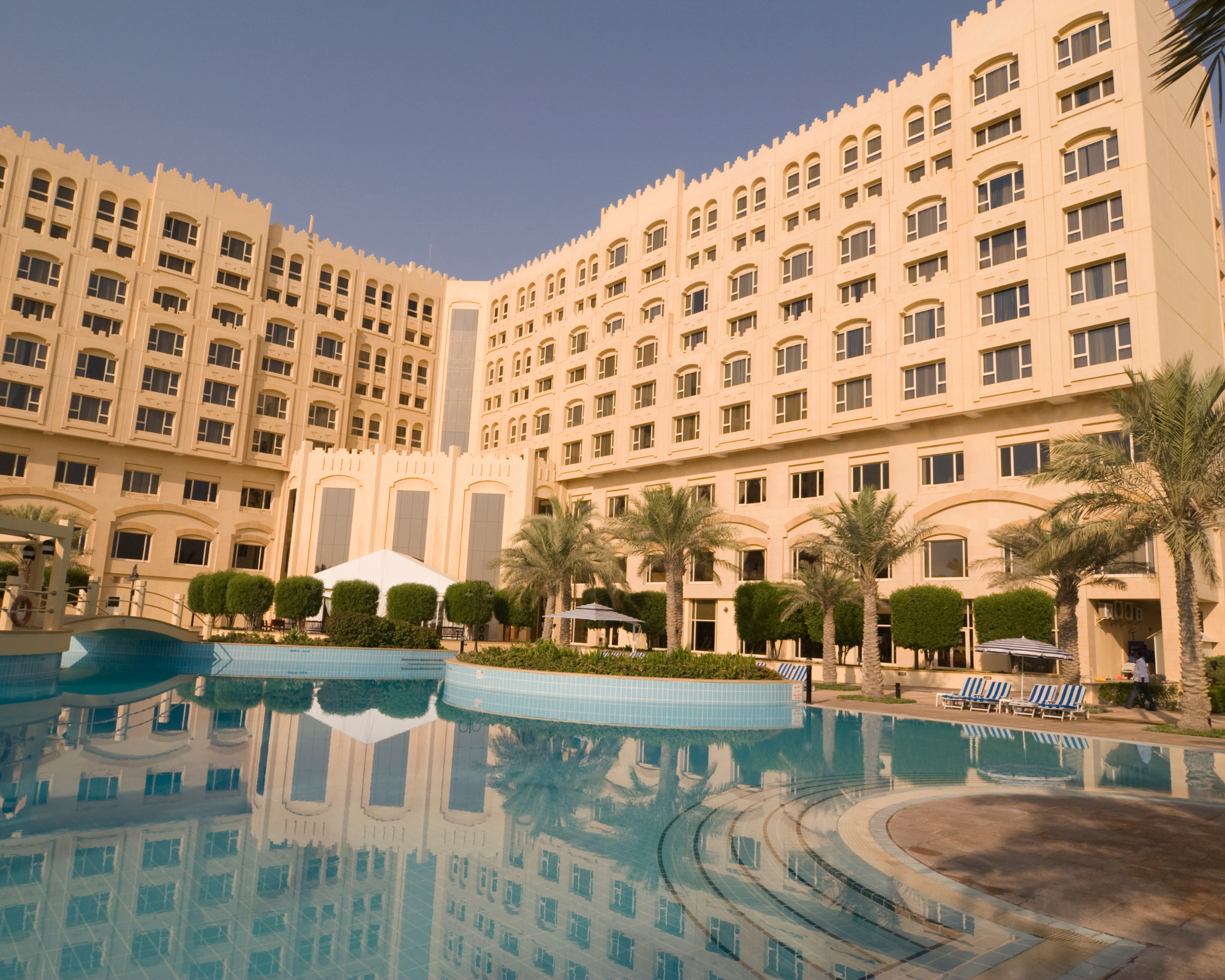GIS in Hotel and Tourism Industries

In the Hotel and Tourism industries, Geographic Information Systems (GIS) play a crucial role in transforming how businesses understand, strategize, and engage with their environments. GIS empowers hotels and tourism operators by providing spatial insights that drive informed decision-making across various facets of their operations. By integrating geographical data with detailed demographic and behavioral information, GIS enables businesses to pinpoint optimal locations for new developments, understand visitor patterns and preferences, and tailor marketing efforts to specific geographic segments. This capability not only enhances operational efficiency but also supports sustainable growth strategies by facilitating resource optimization and mitigating environmental impacts. Ultimately, GIS empowers businesses in the Hotel and Tourism sectors to deliver personalized guest experiences, anticipate market trends, and maintain a competitive edge in an evolving global landscape.
WHAT ARE THE ADVANTAGES?
1. Visualization and Mapping: GIS enables hotels and tourism offices to create interactive maps showcasing nearby attractions, restaurants, and points of interest. This visual tool helps guests easily navigate and explore the surrounding area, enhancing their overall experience.
2.Spatial Analysis: By analyzing geographic data, hotels can understand the proximity of attractions to their property. This insight allows them to recommend personalized itineraries and suggest nearby activities based on guest preferences.
3.Market Segmentation: Using GIS, hotels can segment guests by their geographic origins and interests, offering tailored recommendations for nearby attractions and experiences. This personalized approach improves guest satisfaction and encourages return visits.
4.Customer Targeting: Leveraging geographic data through GIS, hotels can target marketing efforts towards specific guest segments interested in nearby attractions. This targeted approach increases engagement and encourages guests to explore local offerings.
5.Competitive Analysis: GIS allows hotels to analyze competitor locations and their proximity to popular attractions. This analysis helps in positioning the hotel as a convenient base for exploring nearby sights, attracting guests seeking convenience and accessibility.
Examples of GIS in Hotel and Tourism Industries
1.Interactive Maps for Guests: Hotels utilize GIS to create interactive maps that highlight nearby attractions, restaurants, shopping centers, and points of interest. These maps can be accessed via hotel websites or mobile apps, allowing guests to easily explore and plan their activities during their stay.
2.Site Selection for New Developments: When planning new hotel developments or expansions, GIS is used to analyze geographic data such as tourist flow patterns, proximity to airports or popular landmarks, and local demographic information. This helps in identifying optimal locations that maximize visibility and accessibility for potential guests.
3.Marketing and Customer Targeting: Hotels use GIS to segment their customer base based on geographic and demographic factors. By analyzing guest data and preferences, hotels can tailor marketing campaigns to specific segments, promoting personalized offers and packages that align with guest interests.
4.Tourism Planning and Infrastructure Development: Tourism offices and authorities use GIS to plan and manage tourism infrastructure such as transportation networks, visitor centers, and recreational facilities. GIS helps in optimizing resource allocation and improving visitor experiences by identifying areas of high tourist activity and potential bottlenecks.
5.Environmental and Risk Management: GIS is employed to assess environmental risks and sustainability factors affecting tourism destinations. It helps in identifying areas prone to natural hazards, managing conservation efforts, and implementing strategies to minimize the environmental impact of tourism activities.
6.Competitive Analysis and Market Intelligence: Hotels use GIS to analyze competitor locations, market share, and pricing strategies. By understanding competitor positioning and guest preferences, hotels can adjust their offerings and pricing strategies to maintain a competitive edge in the market.
7.Destination Marketing and Promotion: Tourism boards use GIS to create visual marketing materials such as interactive destination maps, virtual tours, and promotional videos. These tools showcase local attractions, cultural heritage sites, and scenic landscapes, attracting potential visitors and enhancing destination visibility globally.

GIS empowers hotels and tourism businesses with precise spatial insights, facilitating smarter decisions, enhanced customer satisfaction, and sustainable growth in a competitive industry landscape.

